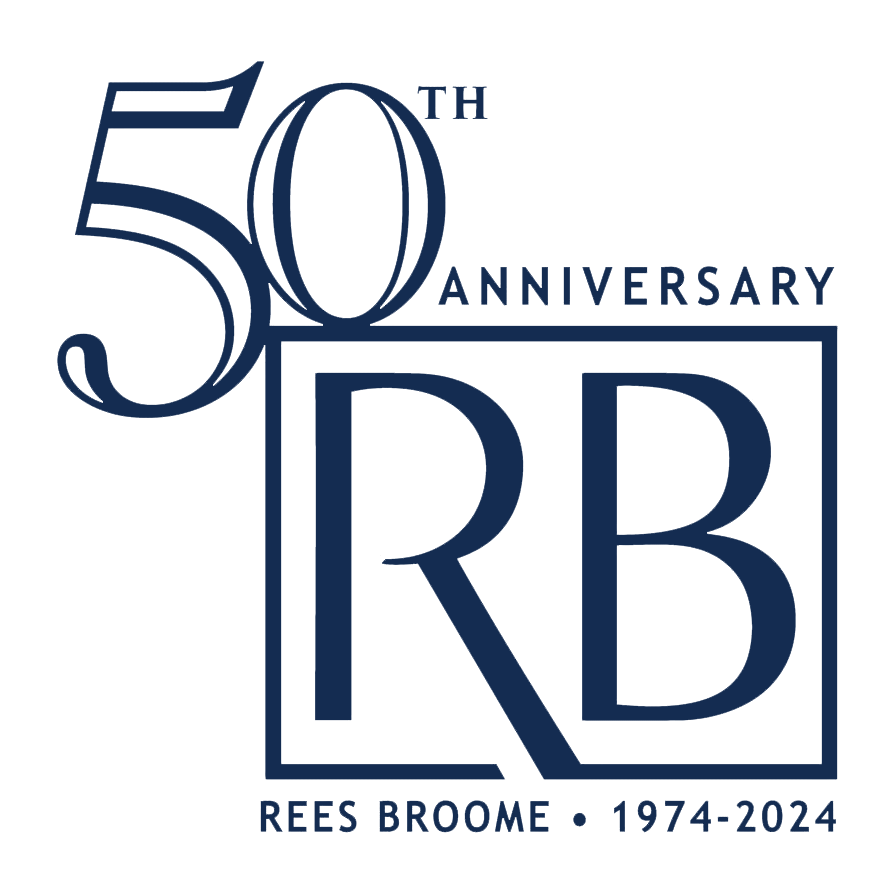Tree Law
By: Daniel W. Shupe and Erik W. Fox
As stewards of association common areas and resources, Boards and managers often face various questions involving trees owned by the Association. As such, a general familiarity with your jurisdiction’s tree law and how your responsibility and liability have grown is important to properly guiding your association through such issues.
Courts previously took a fairly hands-off approach to disputes involving trees and vegetation. Under the “Massachusetts Rule,” if roots or branches of a tree intruded upon neighboring property, the owner of the neighboring property could cut the limbs and roots back to the property line but the court would not require the plant’s owner to do, or pay for, the work. As populations become denser, courts are expanding the liabilities and duties of tree owners.
Maryland generally follows the Massachusetts Rule. However, Maryland courts have suggested landowners could be liable where their negligence results in physical injury caused by a falling tree or limb.[i] Owners of property in urban areas with only a few trees may be liable for injury caused by a falling tree or limb where the property owner knew or should have known that the tree posed a hazard (e.g., a dead or dying tree).
Virginia followed a modified Massachusetts Rule where landowners could cut back their neighbors’ branches and roots without compensation from their neighbor. There was also a caveat that if the plants were “noxious,” there may be a remedy in the courts. In 2007, recognizing the difficulties of applying the old rules in densely populated areas and the ambiguity of “noxious”, Virginia adjusted its position. Now, owners may obtain a court remedy to prevent actual or imminent harm caused to property by the vegetation.[ii]
The District also initially followed the Massachusetts Rule of self-help for encroaching vegetation. However, this rule was modified after a decayed tree fell and damaged a neighbor’s property. The D.C. Court found that a tree owner could be held liable where the owner negligently maintains a tree causing it to damage a neighbor’s property.[iii] The general rule in D.C. is that a tree owner/possessor is not obligated to protect others from damage caused by trees on his or her property. However, where a reasonably prudent person would act (or refrain from acting), and the tree owner/possessor fails to so act (or refrain from acting), the tree owner/possessor may be held liable for any damage caused by his or her failure.
Takeaways - Property owners in Maryland, Virginia, and D.C. are permitted to engage in self-help by cutting back branches and roots of neighboring trees and vegetation to the property line. However, property owners must be careful when doing so. They may not enter the tree owner’s property when engaging in self-help, and the they must be careful not to so weaken the tree as to cause damage to the tree owner’s property. It is always wise to engage a professional arborist if cutting and let their expertise guide your decision.
Tree owners in Maryland will generally not be liable for any damage or injury caused by their trees. However, in urban and dense suburban areas, tree owners may be found liable for injury caused by falling trees or limbs. Although currently not under a duty to do so, owners of trees in such areas may wish to have a routine visual inspection of their trees conducted; and if a tree is found to potentially be dead or decayed, the owner should engage a professional to help address the tree.
Tree owners in Virginia and D.C. should also be vigilant, especially when put on notice that a tree is or may become hazardous. Neither jurisdiction imposes a duty yet on property owners to inspect apparently healthy trees, but owners may face liability if they fail to take action when a tree poses a hazard to neighboring property or the public. Therefore, it may be wise for tree owners in Virginia and D.C. to engage a professional for routine inspection of trees as well.
While the broad areas of tree law are clearly defined; most issues arise that are more nebulous, and we are happy to assist with those.
[i] Hensley v. Montgomery County, 25 Md. App. 361 (Md. Ct. Spec. App. 1975)
[ii] Fancher v. Fagella, 247 Va. 549 (2007)
[iii] Dudley v. Meadowbrook, Inc., 166 A.2d 743 (D.C. Mun. Ct. App. 1961)
